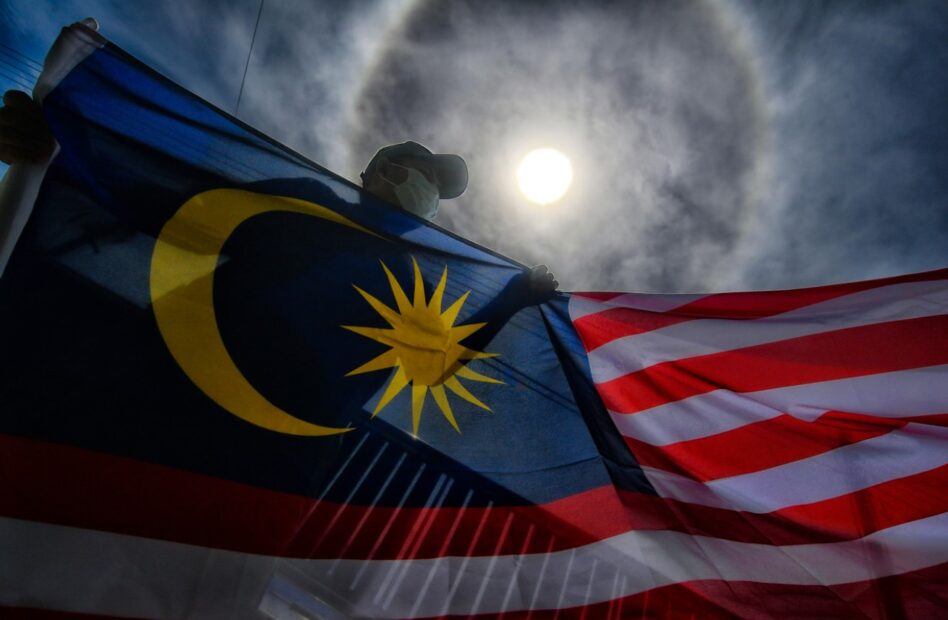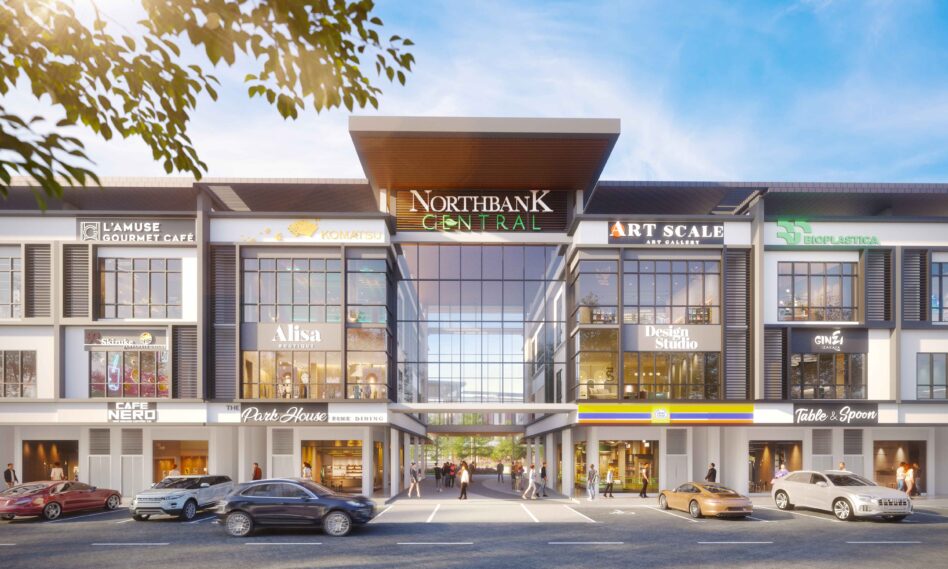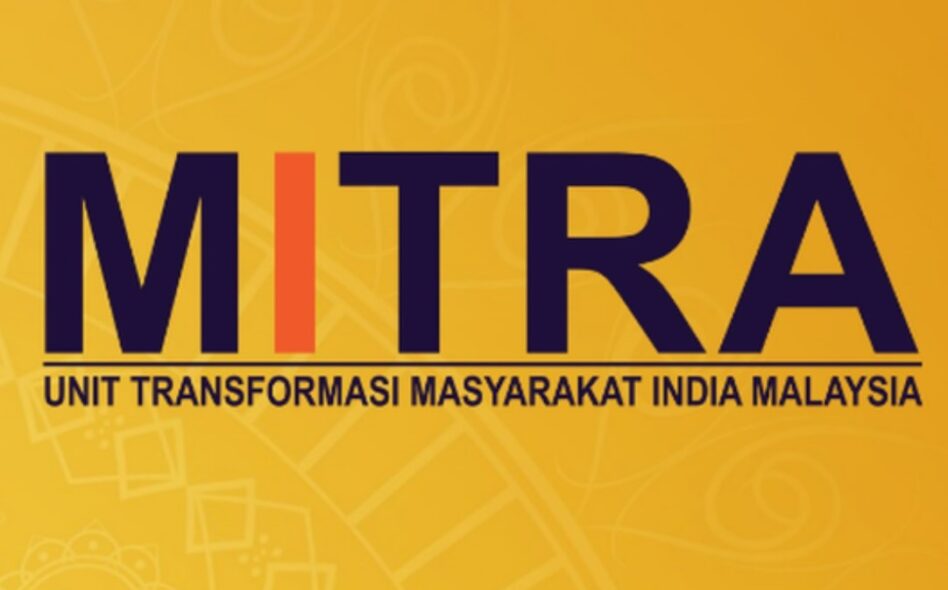By Xavier Kong
SOCAR Malaysia, which was launched in Malaysia in January 2018, was the first overseas venture by its parent company in South Korea, with an eye to expand to the rest of Southeast Asia through its foothold in Malaysia.
Two years after the launch of Socar Malaysia, the ride-sharing firm that promotes its own brand of multi-flex car-sharing now boasts a fleet of over 2,000 cars in 27 different models, with the fleet in use in over 1,000 locations in Kuala Lumpur, Selangor, Johor Bahru, Ipoh and Penang. Its user database is also predicted to grow to around one million by the end of 2020, from the 750,000 it has now.
Funding for future expansion should not be an issue for Socar. In February this year, the company completed its Series A funding exercise, securing US$18 mil from Eugene Private Equity Co Ltd and KH Energy Co Ltd. The most recent valuation placed the company at about RM500 mil, according to Socar Malaysia CEO Leon Foong.
Foong tells FocusM that Malaysia was a natural first choice for the parent company’s expansion, stating that the country had the highest percentage of population with driving licences in Southeast Asia.
“Everyone here drives and our road infrastructure system is really good,” shares Foong. He added that Socar also came in at a time when the public transportation infrastructure was taking off, naming the launch of the Mass Rapid Transit line as well as the new phases of the Light Rail Transit as key points.
He adds that those, along with e-hailing, have made it “easier for people to actually give up the car,” which ties into the company’s multi-flex approach.
The multi-flex approach refers to the multiple and flexible options to get a shared car.
“So Malaysia is actually one of the best examples of countries that are prime for multi-flex transportation,” says Foong, adding that, ultimately, the multi-flex option offers not just a mobility option, but also flexibility and ease of convenience.
For the gig economy
This ties into how consumers are utilising Socar’s fleet. According to Foong, the company does have a business-to-business (B2B) section, where the company supplies fleets to airport limo operators and fleet owners.
“But obviously for that, they have a long-term contract. We are not against people using it for the short term, especially if they want to use it as a part of the gig economy,” says Foong.
“Nowadays, the gig economy is big, right? You’d be delivering flowers, delivering cakes, you’re using it to support your own little SME. We are actually all for that because I think that ties in perfectly into the government’s view of using the digital economy to really uplift people from the Medium-40, as well as the Below-40 income segment. Socar very much wants to empower that.
“Further down the road, we would actually love to work with organisations and even the government to roll out specific programmes, to make vehicles a lot more accessible for people who need them for business opportunities,” says Foong.
Easing car ownership
One of the key projects that Socar Malaysia is focusing on this year is Trevo, a car-sharing marketplace which functions like “the AirBnB for cars,” according to Foong. A wholly-owned subsidiary of Socar Malaysia, Trevo allows car owners to earn extra income by hosting their car.
“It’s a well-known fact that car ownership in Malaysia is among the highest in the region with 93% of households owning at least one car. However, with real wage growth slowing down over the past few years, we acknowledge the financial burden that comes with owning a car,” he says.
He adds that the company has high hopes that this would allow people who own cars to be able to make money from that ownership, especially when they are not using those cars all of the time.
“In fact, when it comes to that, we have even come up with a very specific insurance liability coverage where every time a car is shared on our platform, we have a policy that fully covers the use of the vehicle, including theft and damage,” shares Foong.
He points out that this also ties in with the government’s goals of making car ownership more affordable, thus reducing loan burdens and bankruptcy instances due to people being unable to service their loans.
5G and autonomous driving
On the topic of the launch of 5G in the country and how it would impact Socar Malaysia, Foong opines that, once a new ecosystem of devices that can fully leverage 5G has come into play, it would be a boon to Socar Malaysia.
“When we talk about 5G, it’s about upstream and downstream speeds, about bandwidth and not just a static format anymore. So in that sense, I think it’s great because eventually, part of Socar’s goal is to really use our data to make it easier for drivers across Malaysia, and Southeast Asia, to not just access cars, but also benefit from using cars,” says Foong, noting that drivers’ safety is a particular aspect that can benefit greatly from 5G.
Autonomous cars, especially with the current focus of the National Automotive Policy 2020 on level 3 autonomous driving, will also be a boon to Socar Malaysia, especially in the aspects of fleet management and fleet maintenance.
“One thing that currently is a key cost driver for us is having to rely on physical delivery agents to sometimes reposition some of our cars. Imagine if autonomous driving is available.
“We can easily set an algorithm where after a certain number of hours, if no one books these cars, they will drive themselves to areas of high demand. So it becomes very dynamic. Overall, we are actually very excited about the implications of autonomous driving,” shares Foong.
The way ahead
It is not any kind of secret that Socar’s entry into Malaysia is to utilise this foothold as a hub towards bringing multi-flex transportation to the rest of Southeast Asia, which Foong shares that there will be an expansion to “at least one more country” by the end of 2020.
Coming back to the example of Kuala Lumpur and the Klang Valley, Foong points out that the way these areas are built up are around very individual townships, where the company’s offering of multi-flex transportation can serve to complement public transportation, by offering a flexibility that public transportation does not.
“Multi-flex transportation will always complement public transportation. So yes, we want to bring multi-flex transportation to not just Malaysia, but, using Malaysia as a hub, to expand to other parts of Southeast Asia,” says Foong. – April 8, 2020









